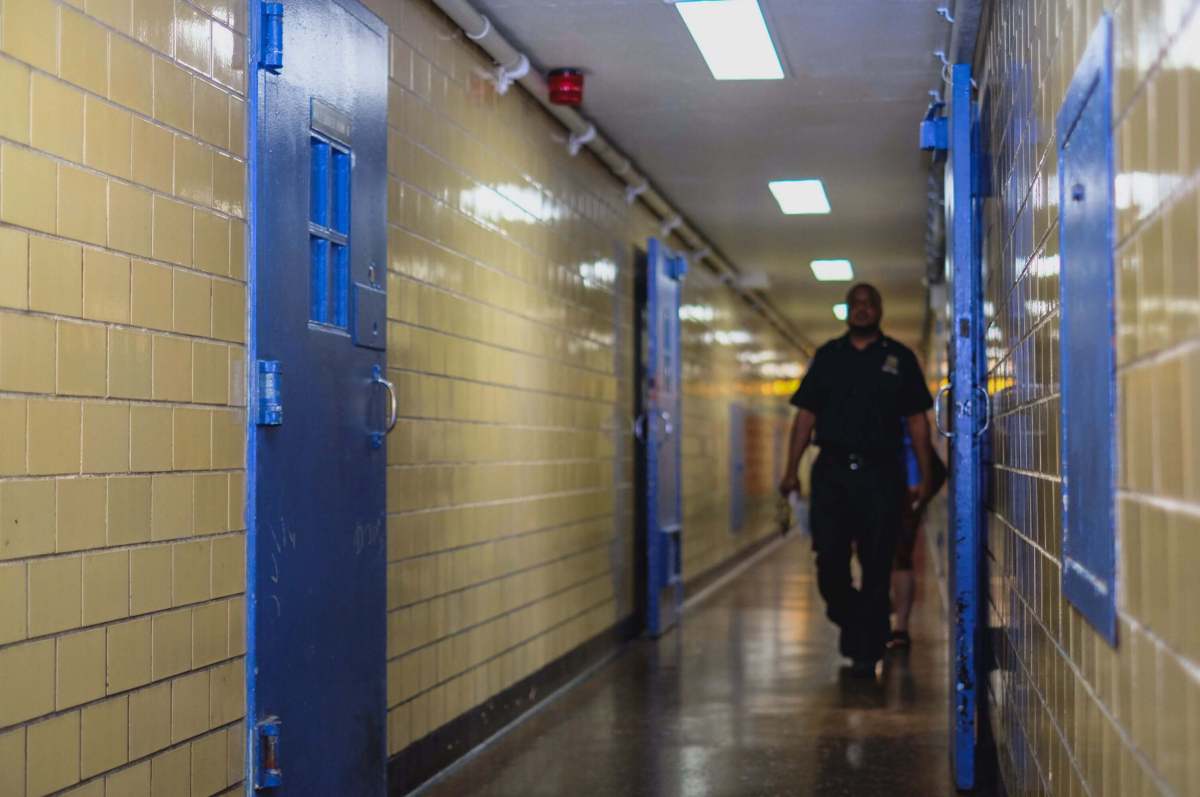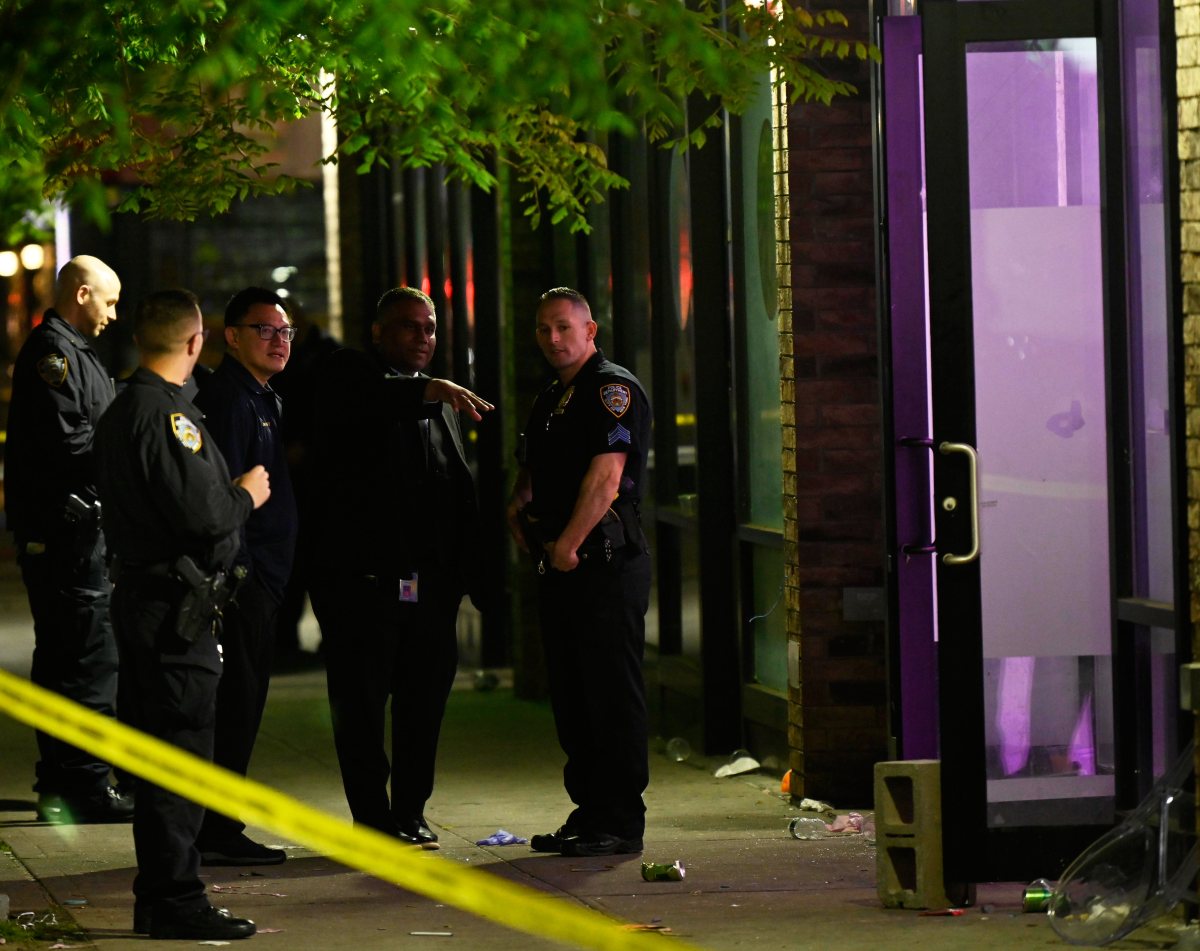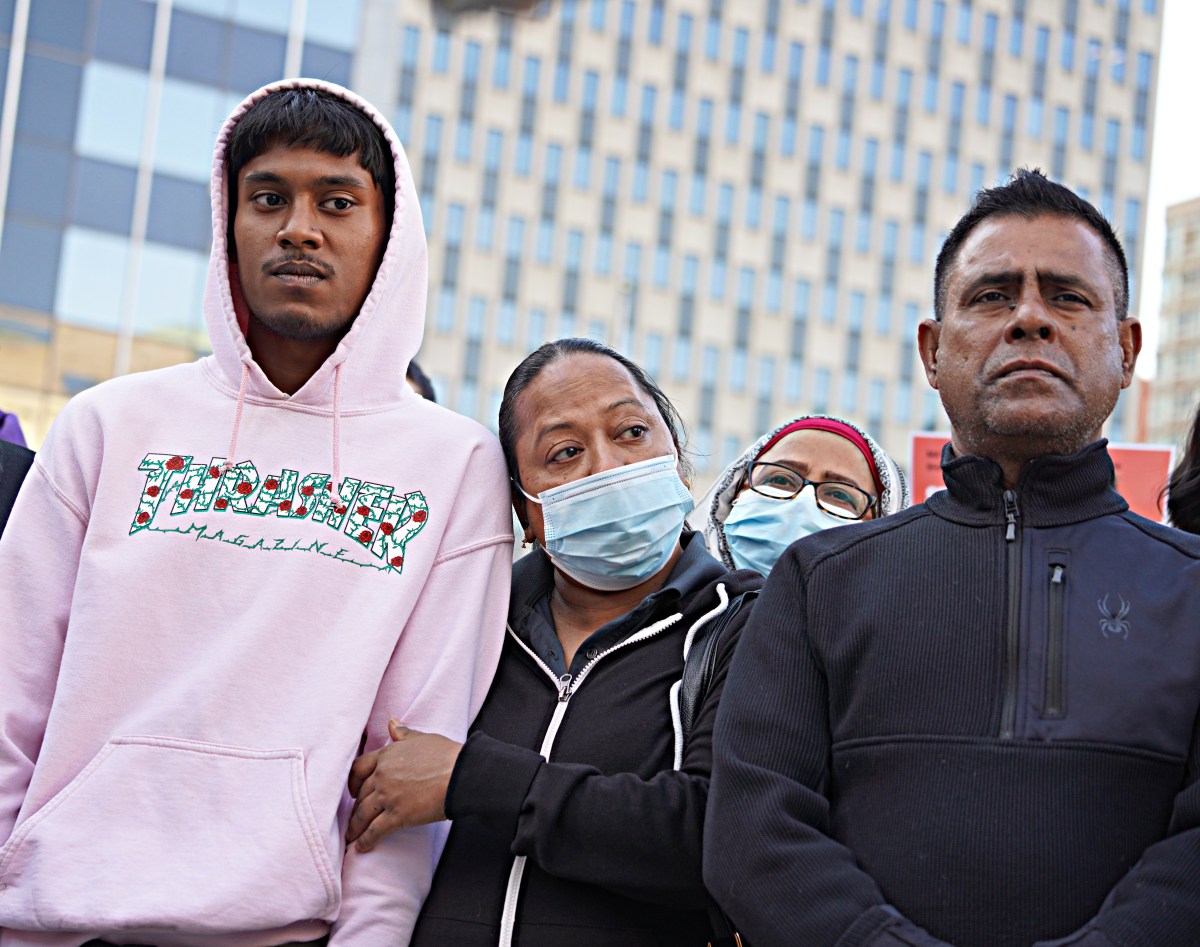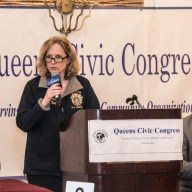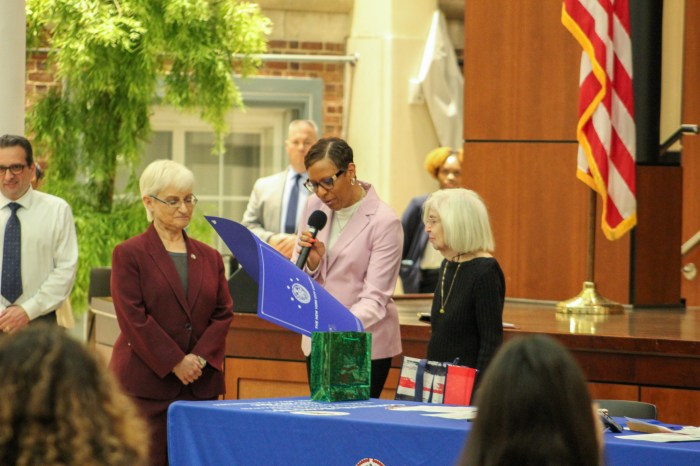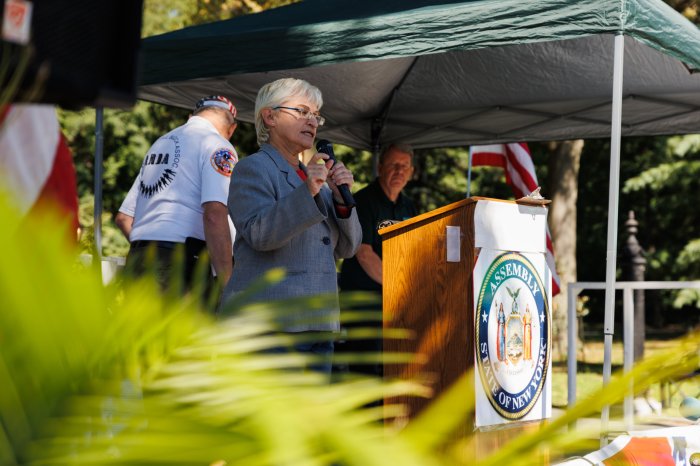The draft environmental impact study on Mayor Bill de Blasio’s plan to deploy four borough-based jails across the city by 2026 has come under question by Queens Community Board 9, which disputes many of the supposed beneficial aspects of the proposal for Kew Gardens.
The impact study projected economic gain for local business owners and envisioned the jail having no effect on property values. However, CB 9 members are maintaining a long-held skepticism that the 1,150-bed jail, currently undergoing the ULURP process, could bring the benefits promised by the study. They’re also concerned about size of the shadow that would be cast by the building.
A letter from CB 9 to Department of Correction’s Design Unit Director Howard Fielder charged that many of the claims in the impact study were unsubstantiated.
“The DEIS draft asserts that this towering jail will be good for new and existing businesses, and that it will not increase property values. There is no evidence cited that a humongous jail will be good for business,” CB 9’s letter said. “We have never seen a real estate ad advertising a jail for violent felons within two blocks of one’s home and elementary schools as a great draw for future residents. Quite the contrary, we have already been told by one real estate agent active in Kew Gardens that two potential sales have fallen through and will not be realized until the potential buyers can count on the jail not being present in the Kew Gardens community.”
Another complaint was that the language used in the impact study was too “convoluted,” leading the reader to the conclusion that what is actually being approved for construction is a broader concept rather than a concrete proposal.
The impact study was released in March by the Mayor’s Office of Criminal Justice and the scope of the plan has changed since then; the original scope of the plan was for 1,500 beds, as opposed to the current 1,150.
The Lippman Commission was appointed by Council Speaker Melissa Mark-Viverito to conceptualize how the problems of Rikers Island could be remedied. According to the commission, their findings were that borough-based detention centers near courthouses were the best alternative.
This would end the isolation felt by guards and prisoners, and impose a cultural change to end the horror stories of abuse that come form the island, according to Lippman Commission executive director Tyler Nims.
The Lippman Commission, however, did not choose the location for the jails. That was the job of the Mayor’s Office of Criminal Justice (MOCJ).
“On December 21st, the shadow would extend all the way to Willow Lake Preserve and, at various times, sweep through the remainder of the day to, at various times, cover substantial portions of the Grand Central Parkway and over the course of the day, the entirety of the Kew Gardens Interchange,” the CB 9 report said. “With the new redesign of the interchange, there would presumably be new landscaping and sunlight-sensitive resources that are not addressed in this study.”
One of the reasons why the MOCJ chose Kew Gardens for the location for the jail is that there was city-owned space behind Queens Criminal Court. This would mean less transportation resources used by DOC to get detainees to court appearances and greater visitation access for families and lawyers.
CB 9 concluded with the belief that Hudson Yards or Long Island City would be more fitting settings for the jail as these are high-rise districts and suggested a court could be placed within the jail wherever it is located.

